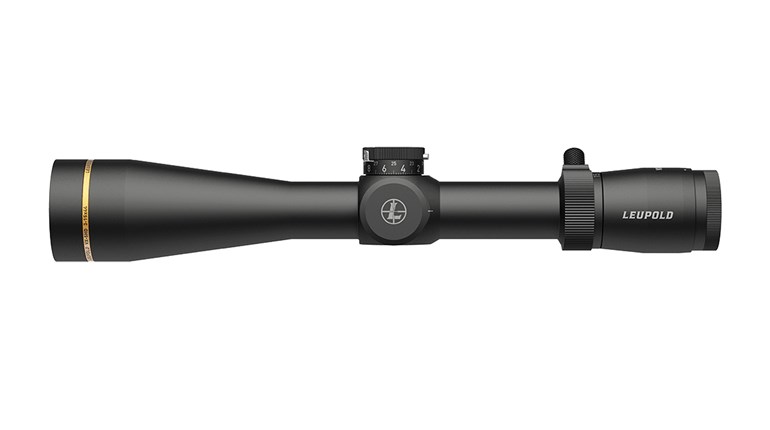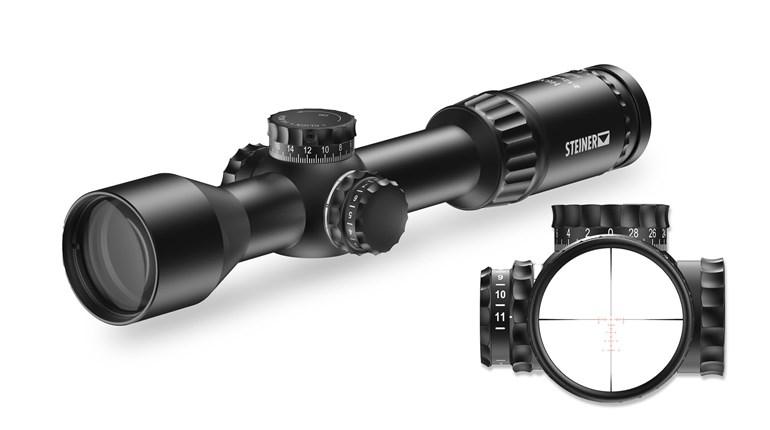
The Background
As more and more hunters and shooters explore the complexities of long range shooting, factors like barometric pressure, altitude, and humidity have all the sudden entered into the shooting equation. At most hunting distances, none of these things matter: range, angle, and wind are the only real external factors that will cause a miss in the first 300 or so yards.
The Question
I recently had a chance to try out a Kestrel 4000 wind meter (available from Sinclair) that provides the shooter with, among other things, a density altitude reading. As if calculating this stuff wasn’t confusing enough, what in the heck is “density altitude”?
The Expert Deferral
We reached out to our friend Paul “The Rocket Scientist,” who is literally a scientist who spent his career working on things like missile guidance systems. He’s also a long-range rifle shooter. His verbatim answer:
Density altitude X is the altitude that, on a day with standard pressure and standard temperature, would have a geographic altitude of X. In hot weather the density altitude is always higher (i.e., less dense) than the geographic altitude (from a topo map or GPS) because the temperature is always hotter than a standard day. Conversely for a cold day. Washington, D.C. at 100F has a density altitude of about 2700 ft even though the geographic altitude (the real altitude of the dirt) is very close to sea level. What really matters to the bullet is the actual density, usually measured in pounds per cubic feet. Sea level standard day (59F) is 0.075lb/cubic foot. But for every combination of pressure, temperature and humidity (ignore for practical purposes) there is a unique density and therefore a unique density altitude.
The Layperson’s Translation (I hope)
Density altitude is the altitude that actually matters in the context of shooting. When calculating a bullet’s path, the density altitude should be used in the equation if it is available.



































